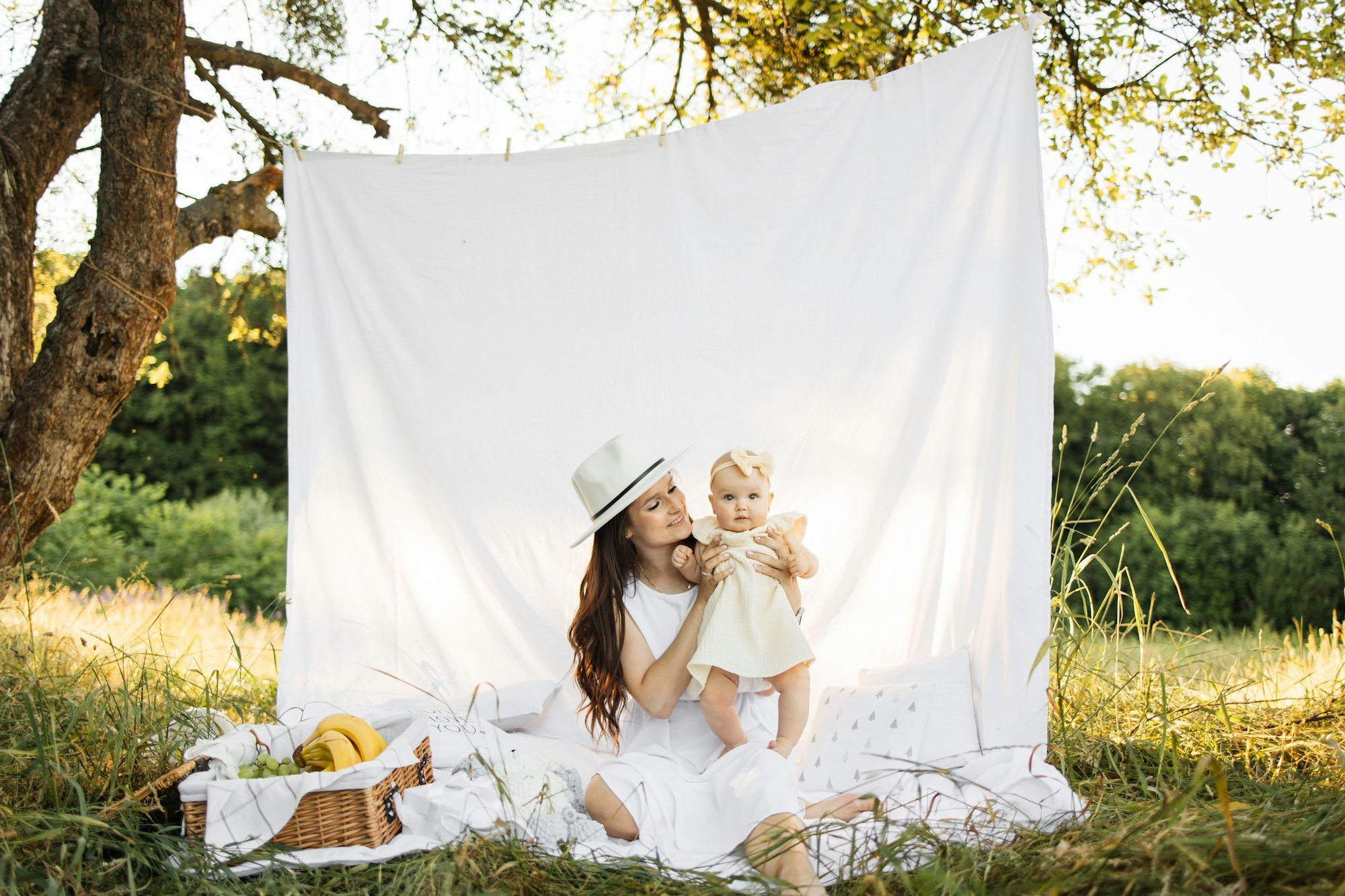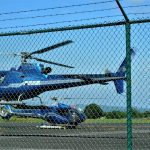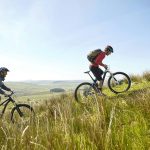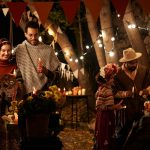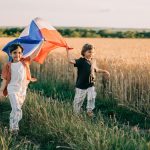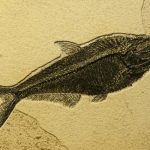Bird photography is a fascinating and rewarding hobby that combines the joy of being in nature with the challenge of capturing the perfect shot. The UK, with its rich array of bird species and stunning national parks, is a prime location for this activity. Preparing for a camping trip in the UK with a focus on bird photography requires thoughtful planning and the right equipment. This article will walk you through the essentials, ensuring you’re well-prepared for an unforgettable experience.
Planning Your Trip: Choosing the Best Locations and Time
When planning your camping trip with bird photography in mind, the location and timing are crucial. The UK boasts numerous national parks and nature reserves that are ideal for bird-watching and photography. Researching these spots and understanding the best times to visit will increase your chances of a successful outing.
In the same genre : How to ensure your camping equipment is safe and secure during a UK festival?
Selecting the Right Location
National parks like the Lake District, Snowdonia, and Dartmoor are renowned for their diverse bird populations. Coastal areas, such as the RSPB reserves, also offer excellent opportunities to photograph seabirds and migratory species. The choice of location should align with the bird species you are hoping to capture. For instance, the Scottish Highlands are perfect for photographing golden eagles, while the wetlands of Norfolk attract a myriad of waterfowl.
Timing Your Visit
The time of year and even the time of day you choose to visit can significantly impact your bird photography experience. Spring and autumn are generally the best seasons for bird photography in the UK. During these periods, you can witness birds in their breeding plumage or catch them during their migratory journeys. Early mornings and late afternoons are the golden hours for wildlife photography, offering the best light conditions and increased bird activity.
Topic to read : What are the best UK campsites with access to nearby historical walking tours?
To sum up, proper planning of location and timing will not only help you spot more species but also enhance the quality of your images.
Essential Equipment for Bird Photography
Embarking on a bird photography trip necessitates specific gear to ensure you capture stunning images. The right camera, lens, and accessories make all the difference in achieving crisp, detailed shots of birds in their natural habitat.
Choosing the Right Camera
The choice between Canon and Nikon can be daunting, but both brands offer excellent options for bird photography. Cameras like the Canon EOS R5 and the Nikon D850 are favored by wildlife photographers for their high-resolution sensors and fast autofocus systems. A camera with a good burst rate is essential for capturing birds in flight.
Selecting the Best Lens
A long lens with a focal length of at least 300mm is ideal for bird photography. Lenses like the Canon EF 100-400mm and the Nikon AF-S 200-500mm provide the flexibility needed to capture both distant and close-up shots. Image stabilization is a crucial feature to look for, as it will help reduce blur when shooting with long lenses.
Must-Have Accessories
In addition to the camera and lens, a few key accessories will enhance your bird photography experience:
- Tripod: A sturdy tripod will help stabilize your camera, especially when shooting at slower shutter speeds.
- Sleeping Bag: A good quality sleeping bag is essential for camping comfort, ensuring you are well-rested for early morning shoots.
- Extra Batteries and Memory Cards: Bird photography often involves long hours in the field, so having spare batteries and ample storage is a must.
- Binoculars: These will help you spot birds from a distance and plan your shots before setting up your camera.
Equipping yourself with the right gear will set you up for success and improve your chances of capturing those elusive bird shots.
Mastering Bird Photography Techniques
Successful bird photography requires a blend of technical knowledge and field skills. Understanding your camera settings, practicing good shooting techniques, and developing patience are key to capturing striking images of birds.
Camera Settings for Bird Photography
- Shutter Speed: Fast shutter speeds (1/1000s or faster) are essential for freezing the motion of birds in flight. Adjust your shutter speed based on the activity of your subject.
- Aperture: A wide aperture (f/2.8 to f/5.6) allows for a shallow depth of field, making your subject stand out against a blurred background.
- ISO: Using Auto ISO can be beneficial in changing light conditions. It allows your camera to adjust the sensitivity, ensuring properly exposed images without manual adjustments.
- Auto Focus: Set your camera to continuous autofocus (AF-C) to keep moving subjects in focus. Using the central focus point can also help track your subject more accurately.
Field Techniques
- Patience and Stealth: Birds are often skittish. Approach them slowly and quietly, using natural cover whenever possible. Patience will pay off as you wait for the perfect shot.
- Identifying Bird Behavior: Understanding bird behavior can predict their actions, helping you anticipate the best moment for a shot. Studying field guides and spending time observing can greatly enhance your knowledge.
- Using Burst Mode: Burst mode or continuous shooting mode allows you to take several shots in quick succession. This increases your chances of capturing the perfect moment, especially for birds in flight.
Mastering these techniques will enable you to take sharper, more compelling images of birds, enhancing your overall wildlife photography skills.
Making the Most of Your Camping Experience
A successful bird photography trip is not just about the photos; it’s about the whole experience. Ensuring you are comfortable and safe during your camping trip will help you focus on your photography.
Camping Essentials
- Shelter: A good quality tent that can withstand the UK’s unpredictable weather is essential. Ensure it is spacious enough for you and your equipment.
- Sleeping Bag: A warm sleeping bag rated for the temperatures you expect to encounter will ensure you get a good night’s rest.
- Cooking Equipment: A portable stove and lightweight cookware will allow you to prepare meals. Pack easy-to-cook and nutritious foods to keep your energy levels up.
Safety and Comfort
- Stay Informed: Always check the weather forecast and park regulations before heading out. Knowing what to expect can help you prepare better.
- First Aid Kit: A basic first aid kit is a must-have for any camping trip. Include items like bandages, antiseptics, and any personal medications.
- Leave No Trace: Respect wildlife and preserve the natural environment by leaving no trace of your presence. This includes packing out all your rubbish and minimizing your impact on the habitat.
By taking care of these aspects, you’ll ensure a comfortable and enjoyable trip, allowing you to focus fully on your bird photography.
Embarking on a camping trip in the UK with a focus on bird photography involves careful planning and the right equipment. By choosing optimal locations and times, equipping yourself with the best gear, mastering essential photography techniques, and ensuring a comfortable camping experience, you will increase your chances of capturing breathtaking images of the UK’s diverse bird species.
The efforts you put into preparation will pay off with stunning bird photographs and memorable experiences. Whether you’re using Canon, Nikon, or any other camera, your well-thought-out approach will help you achieve the best possible results. So, pack your bags, get your gear ready, and set out on an adventure that will not only enhance your photography skills but also deepen your appreciation for the natural world.
Remember, each trip is a learning experience. The more you practice and immerse yourself in bird photography, the better your shots will become. Happy bird-watching and photography!

